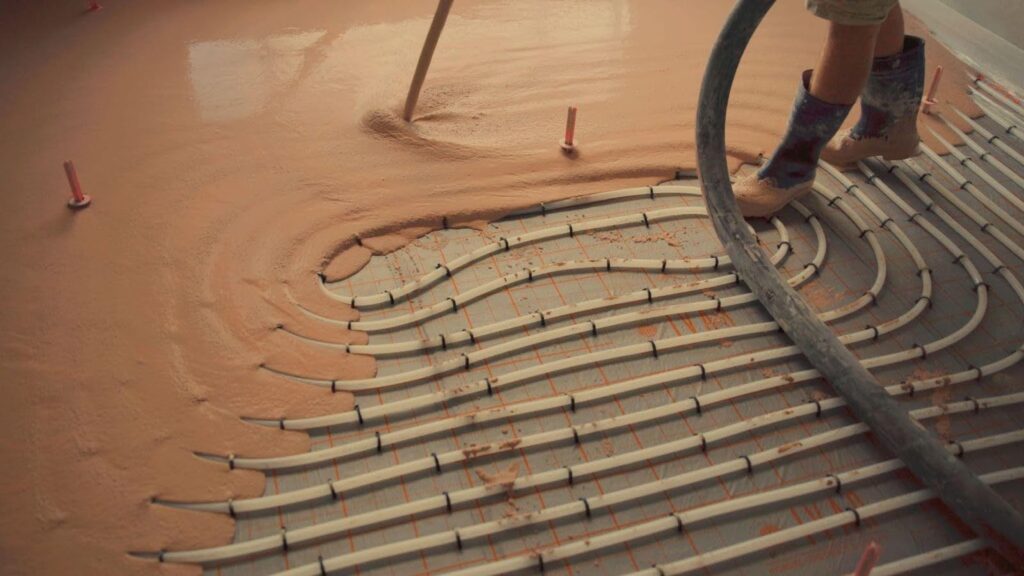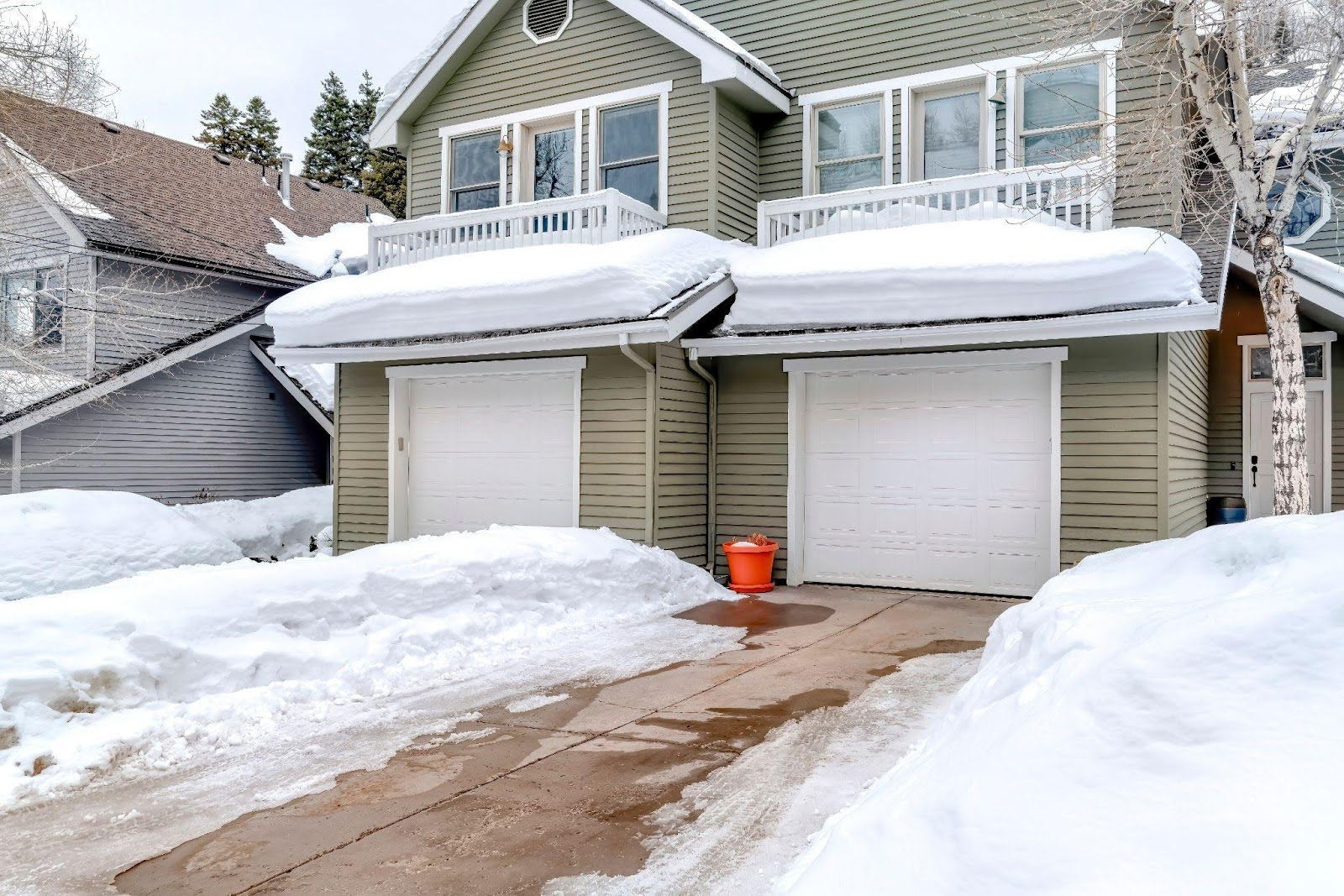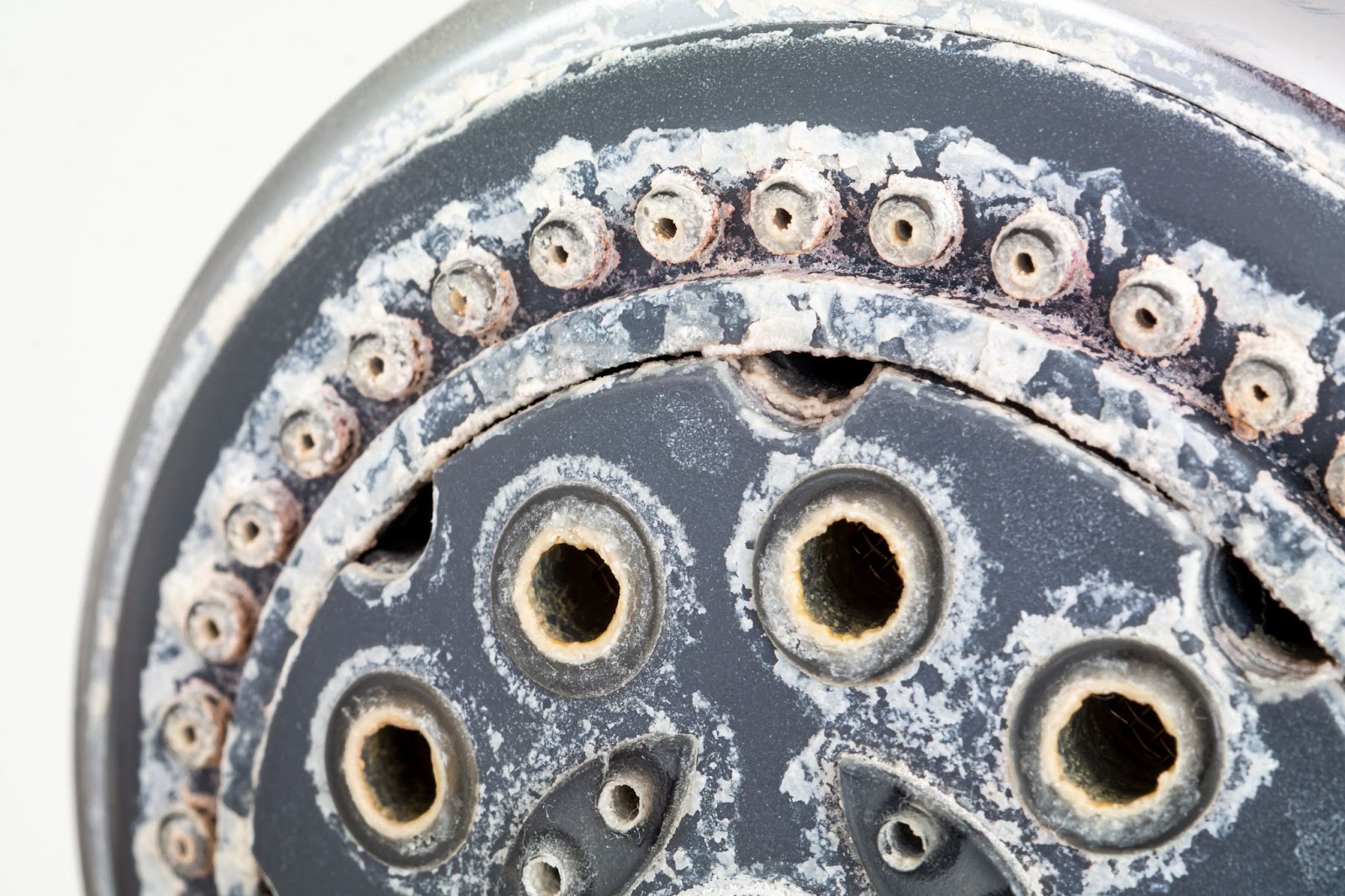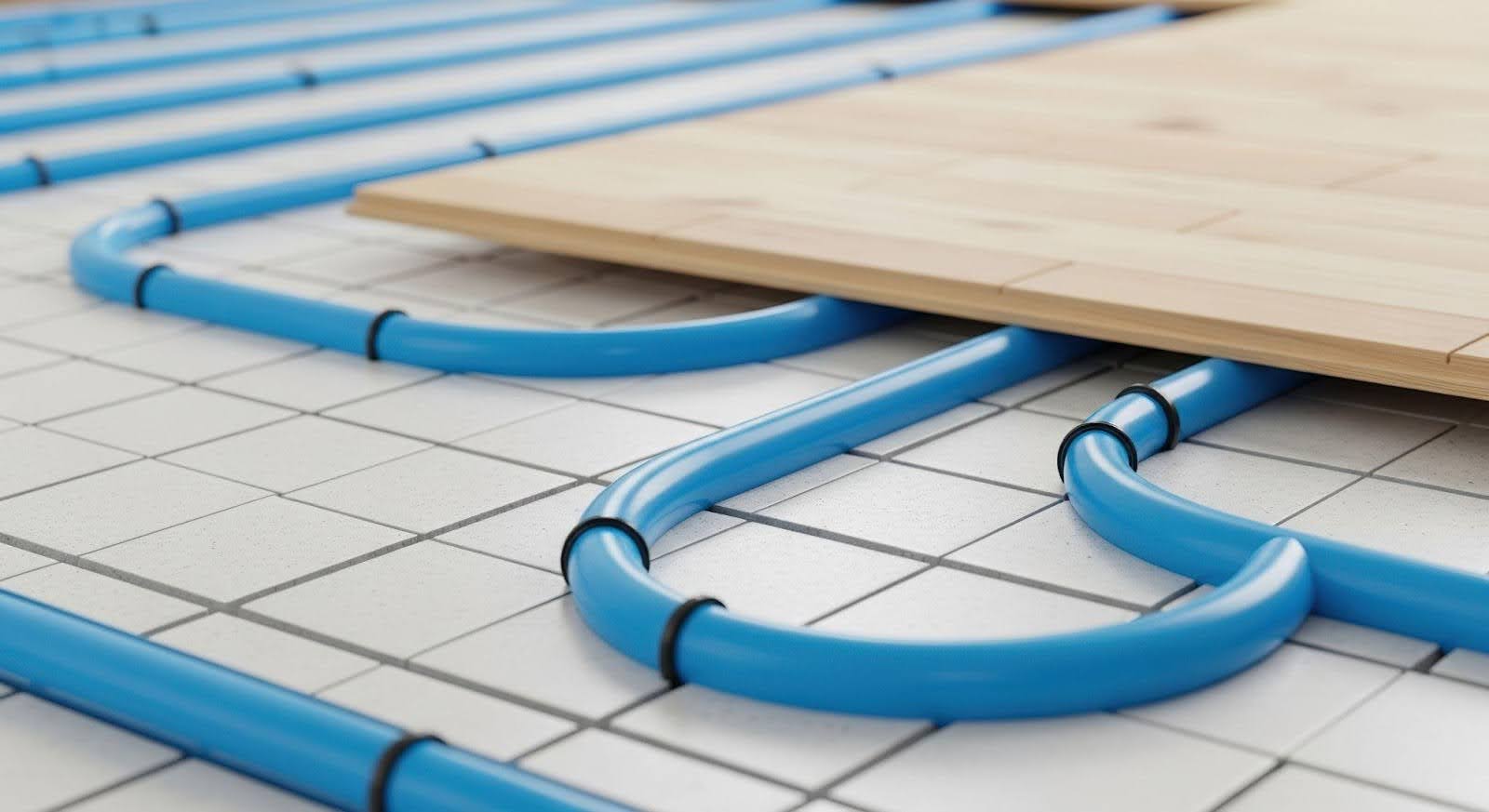When winter hits, cold floors make even the coziest home feel uncomfortable. Many homeowners turn to heated floors to bring steady, even warmth into their living spaces.
At the same time, laminate flooring remains one of the most popular choices thanks to its affordability, durability, and stylish look. But do these two options work well together?
Installing radiant heat beneath laminate can be smart, but it also comes with specific considerations. From energy efficiency and comfort to cost and flooring compatibility, it’s important to understand the benefits and the drawbacks.
In this guide, we’ll explore the pros and cons of heated floors under laminate so you can decide if this upgrade is right for your home.
What are heated floors, and how do they work?
Heated floors warm a room from the ground up. Instead of blowing hot air like a furnace or space heater, radiant systems use heat that rises naturally through the flooring, creating an even and comfortable temperature throughout the space.
There are two main types of radiant floor heating:
Electric systems
These use electric cables or mats installed beneath the flooring. When powered, the cables generate heat that radiates upward, warming the floor surface and the air above it. Electric systems work great for smaller rooms, bathrooms, or single areas where homeowners want added comfort.
Hydronic systems
These rely on hot water circulated through a network of pipes beneath the floor. A boiler or water heater provides the heat, and the warm water keeps the floor at a comfortable temperature. Hydronic systems are typically more energy-efficient for heating larger areas or entire homes.

Pros of heated floors under laminate
Installing radiant heating beneath laminate flooring offers homeowners several advantages that go beyond comfort alone. When installed correctly, heated floors provide lasting benefits that make everyday living more enjoyable and efficient.
Energy efficiency
Radiant heating warms a room evenly, from the ground up, which means less wasted energy compared to forced-air systems that push hot air into one area.
Laminate floors conduct heat well, helping the system maintain a steady temperature. When paired with programmable thermostats, homeowners can control when and how long the system runs, often lowering energy costs in the long run.
Comfort and luxury
No one likes stepping onto a cold floor first thing in the morning. Heated floors eliminate that shock by keeping laminate surfaces warm and inviting. Instead of relying on blasts of hot air, radiant systems create a consistent, gentle warmth that makes the whole space feel cozy. It’s a comfort upgrade many homeowners quickly come to love.
Space-saving solution
Unlike baseboard heaters or bulky radiators, radiant heating stays hidden under the floor. This frees up wall and floor space for furniture, storage, or décor. With more flexibility in arranging a room, homeowners enjoy both practical and aesthetic benefits.
Safe and quiet operation
Radiant floor systems operate silently — no blowing fans, creaking ducts, or clicking radiators. They also avoid circulating dust, pollen, or other allergens, making them a great option for households with allergy concerns. Since the system is enclosed, it’s also considered safer for families with kids and pets.
Cons of heated floors under laminate
While heated floors under laminate offer comfort and efficiency, there are also challenges homeowners should consider before making the investment. Understanding the potential drawbacks helps ensure you choose the right system and materials for your home.
Higher upfront cost
Radiant heating systems require specialized materials and professional installation. Compared to traditional heating solutions, the initial expense is higher. While many homeowners see long-term savings on energy bills, the upfront cost can be a hurdle for those on a tight budget.
Laminate compatibility concerns
Not every laminate product handles the heat produced by radiant systems. Some types may warp, expand, or lose their integrity if exposed to high temperatures. Choosing laminate flooring rated for radiant heating and following the manufacturer’s installation guidelines are essential.
Slower heat-up time
Radiant floors don’t deliver instant warmth like forced-air systems. They work best when operated steadily, keeping rooms warm over time. The slower response may be inconvenient for homeowners who want quick bursts of heat.
Repair challenges
If a radiant heating system develops a problem, fixing it can be complicated. Repairs may require lifting sections of the laminate floor to access the cables or pipes beneath. This makes proper installation by skilled professionals especially important to avoid costly mistakes down the road.

What to consider before installing heated floors
Before proceeding with heated floors under laminate, there are a few important factors to consider. Careful planning helps ensure the system performs well and protects your flooring investment.
Choose the right type of laminate
Not every laminate product can withstand radiant heating. Look for laminate specifically labeled as compatible with underfloor heating. This ensures it resists warping or separating when exposed to steady warmth.
Decide between electric or hydronic systems
Electric radiant mats or cables are often easier to install in smaller spaces like bathrooms or kitchens. Hydronic systems use hot water and tend to be more cost-effective for heating larger areas or entire homes. Choosing the right system depends on your space, budget, and long-term goals.
Work with experienced professionals
Proper installation is critical. Mistakes — like uneven heating elements or poor insulation — can lead to floor damage or costly repairs. A professional plumber ensures the system gets designed and installed correctly for safe, efficient performance.
Understand ongoing maintenance
Radiant systems are generally low-maintenance, but hydronic systems may require occasional boiler or water heater servicing. Knowing what to expect helps homeowners avoid surprises and keep their system running smoothly.
Ready to enjoy warm, comfortable floors? Call Salisbury Plumbing
Heated floors under laminate can be a fantastic upgrade when installed the right way. From choosing the proper flooring materials to designing a system that’s safe and efficient, every detail matters. That’s where the experts at Salisbury Plumbing come in.
Our team has the skill and experience to handle radiant heating systems of all types, giving you peace of mind that your investment will last. Whether you’re updating a single room or planning a larger home project, we’ll guide you every step of the way.
Contact Salisbury Plumbing today to schedule a consultation and bring lasting comfort into your home.







